Symbol Om (ॐ)
Om (ॐ) is a symbol representing Atman (soul) or Brahman (ultimate reality). It is often found at the beginning and the end of chapters in the Vedas, the Upanishads, and other Hindu texts
According to Vedas, God is formless ( nirguna ) and it cannot be defined as a form. Therefore ‘Om’ was specified in Vedas as symbol or representation of that formless God.
Om (ॐ) in scriptures
In Upanishads it is said, one should meditate on Om, as it is the symbol of formless God.
Patanjali Yogasutra 1.27 , utters तस्य वाचकः प्रणवः ॥ OM is a symbol for ishvara. ||
Vedas mention that one should meditate or worship that formless god as ‘Om’. When one perform the sacrifice the ‘Om’ represent the formless God, whom one refer as main deity.
1. In Bhagavata Gita 17.24 , it is said
तस्माद् ॐ इत्युदाहृत्य यज्ञदानतप:क्रिया: |
प्रवर्तन्ते विधानोक्ता: सततं ब्रह्मवादिनाम् ||
“Therefore, when performing acts of sacrifice, offering charity, or undertaking penance, expounders of the Vedas always begin by uttering “Om” according to the prescriptions of Vedic injunctions”
2. Similarly in Chandogya Upanishad 1.1.1 , first verse it is said : ओमित्येतदक्षरमुद्गीथमुपासीत !!
OM is a word, that is Udgith, one should meditate on it.
3. “I will tell you briefly of that Goal which all the Vedas with one voice propound, which all the austerities speak of, and wishing for which people practice discipline: It is Om” (Katha Upanishad 1.2.15)
4. “The Pranava ( Om) is the bow: one’s self is the arrow. Brahman is spoken of as the target of that. It is to be hit without making a mistake. Thus one becomes united with it [Brahman] as the arrow becomes one with the target” (Mundaka Upanishad 2.2.4).
5. “Meditate on Om as the Self. May you be successful in crossing over to the farther shore of darkness” (Mundaka Upanishad 2.2.6)
6. “Om is Brahman. Om is all this. He who utters Om with the intention ‘I shall attain Brahman’ does verily attain Brahman” (Taittiriya Upanishad 1.8.1)
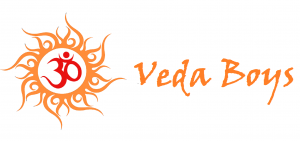

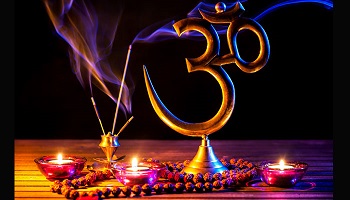
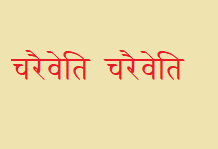
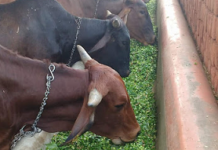
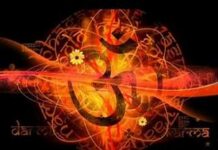














HariH Om:
7 Mandukyopanisad Mantra 1: The syllable Om is all this. All this belonging to the past, to the present, to the future is Onkara only. And anything else which is beyond the three periods of time is also Onkara only.
Mantra 8: the same Atma is Onkara. From the standpoint of the total – akara leads to virat, ukara to hyranyagarbha, makara to antaryamy, the forth is amatra, silence, where is no travel.
From the standpoint of the individual / Jiva the quaters of atma chattuspad – are equated: akara to the waker and the jagat, ukara to the dreamer and dreamworld, makara to the deep sleeper and the unmanifest. Amatra, the silence is equated to the seemingly forth – turiya atma.
wonderful compilation on significance of ॐ . more such sources and elaboration will greatly help.
though i am a novice , can we also define Omkara in syllables अ (A) – The begining or eternal i.e. the shiva principle,उ (U )- The expansion or spreading i.e. vishnu principle, म (M) – till the limits of the material world , and the 4th silence / turiya – beyond the observable or material world. thus ॐ may also tell about the aspect of creation from Brahman in a nutshell.
i tried to put together the above as per my brief introduction to Maheshwara Sutras .